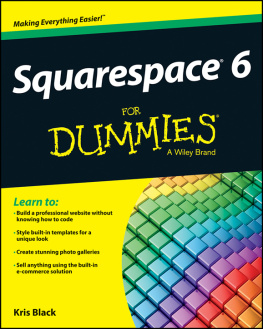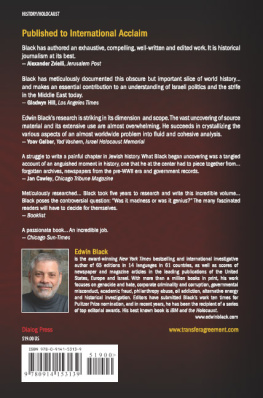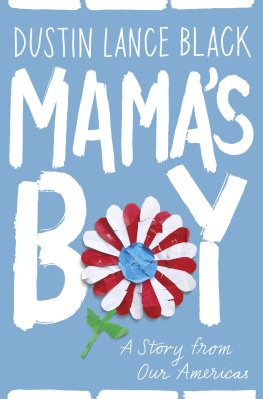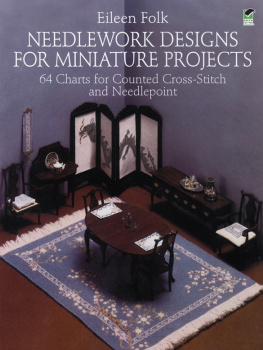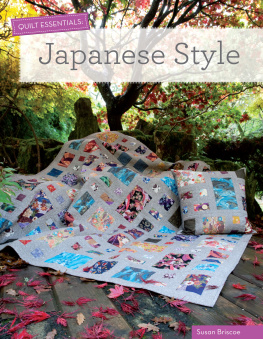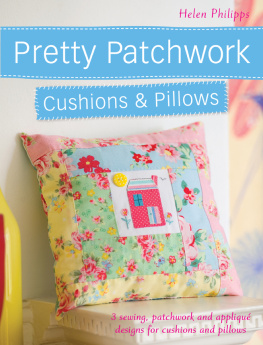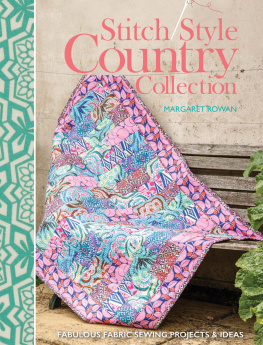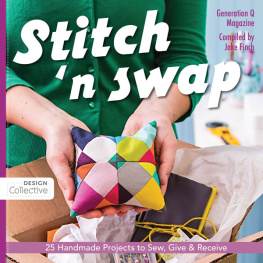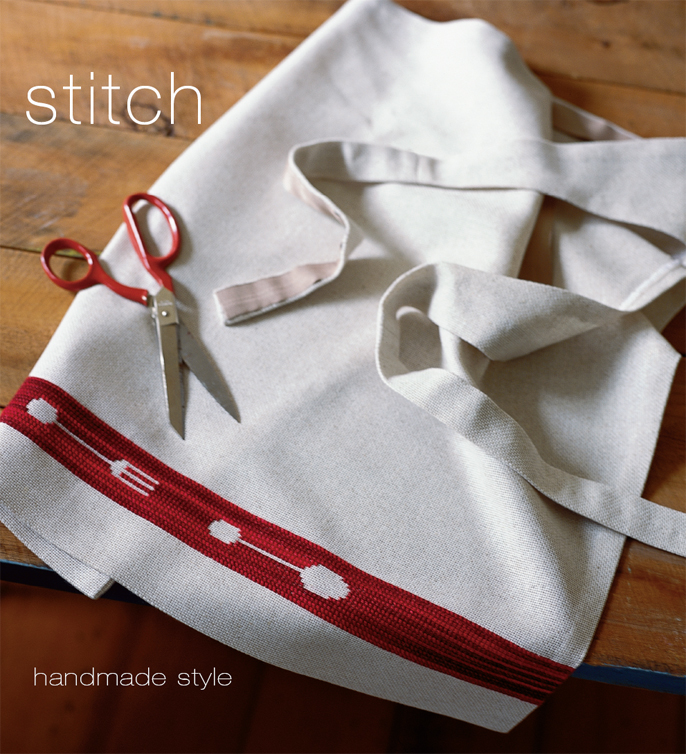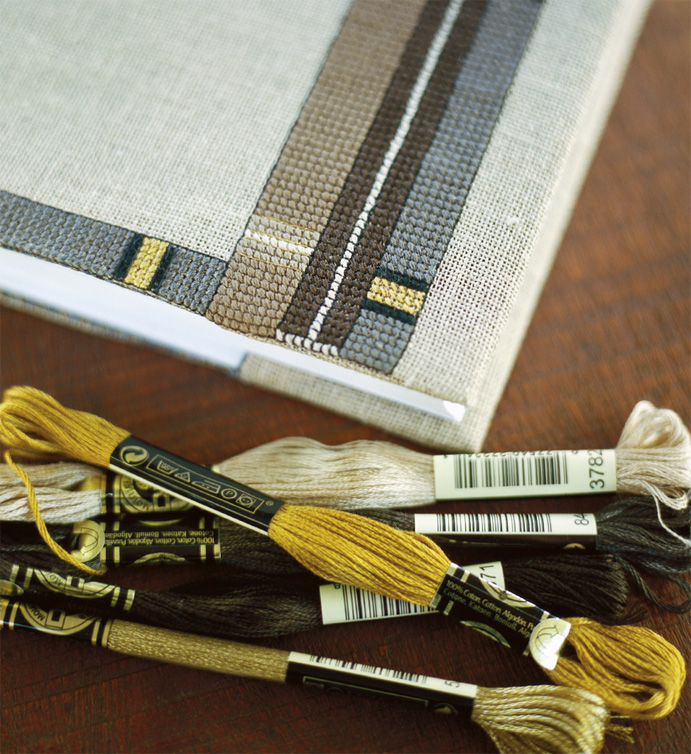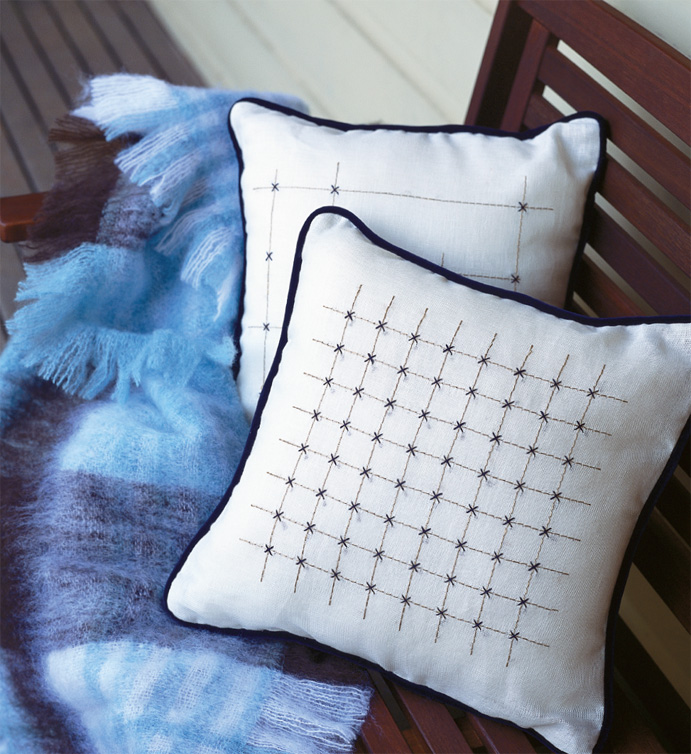Titles in the Handmade Style series
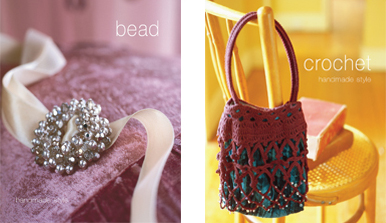
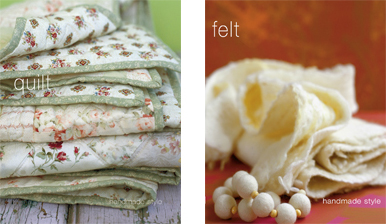
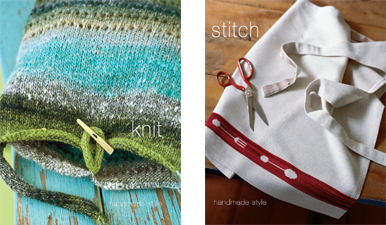
contents
techniques
projects
Introduction
Of the many types of embroidery, cross stitch is the most popular, and is practised by hobby embroiderers worldwide. It is also a very old craft; the earliest known piece of embroidered cloth includes cross stitching, and has been dated to between 200 and 500 ad. It was found in a Coptic tomb in Egypt, where it had been preserved by the dry desert climate.
There are examples of cross stitch from the Tang dynasty in China (618906 ad), and cross stitches were an element in Spanish Blackwork, a style of needlework that is believed to have been taken to England by Catherine of aragon, the Spanish first wife of King Henry VIII. due to her influence, it became very popular in her adopted home and also spread to other parts of Europe. during this time, folk art incorporating cross stitch was fashionable in Eastern Europe, and was used to decorate all types of household objects with floral and geometric designs. different regions and countries each had their own styles of cross-stitch embroidery.
Samplers were the beginning of cross stitch as we know it today; the earliest dated sampler known was made in England in 1598. Samplers were so named because they contained samples of a variety of stitches; they were originally made to act as a reference for the stitcher rather than for any decorative purpose. Gradually, samplers developed from their original form into decorative and predominantly cross-stitch versions that told a story, even recorded history, and taught girls how to perform needlework. as letters and numbers usually featured in such samplers, they also helped teach children basic literacy.
The popularity of embroidered designs in Europe spread with the invention of printing in the sixteenth century. The earliest recorded patterns are from a book produced in Germany in 1525. Then, in 1804, the printed form of cross stitch, in which a design is printed onto cloth to be stitched over, took over from the counted form for at least a century.
Since the late 1950s and early 1960s, cross stitch has again become popular as a leisure activity. Many designs are now commercially available; as well as modern designs, there are also charts and patterns depicting traditional motifs and samplers, thus taking cross stitch back to where it came from.
About cross stitch
Cross stitch is simply the formation of a cross by two intersecting straight stitches. The traditional form of cross stitch is worked on evenweave linen (that is, linen in which a measured square has the same number of threads both horizontally and vertically), with the stitches the same in both length and width.
The aim of traditional cross stitch is to create a design or pattern on the background fabric. The background fabric may be totally covered with stitching, or more sparsely covered, depending on the design (unlike tapestry, for example, in which every thread of the canvas is covered). The designs are usually referred to as counted cross stitch; that is, the design is worked from a chart by counting the stitches and rows.
Cross stitch may also be done on fabric that has been commercially printed with a pattern to be stitched over, following a chart that indicates the colours required to complete the design; this is known as stamped cross stitch.
Another type of cross stitch is applied to a background fabric over a type of canvas known as waste canvas. Once the design is finished, each thread of the waste canvas is withdrawn, leaving the cross-stitched design on the background. This technique is useful for doing cross stitch on non-evenweave or otherwise unsuitable fabrics, such as velvet.
The thread used can be of many different types, but a simple rule to follow for traditional cross stitch is that the stitching thread should be of equal thickness to a single warp or weft thread of the fabric being used; this enables the stitches to cover the surface of the background fabric.
In contemporary cross stitch, however, the stitch can be of any size or shape as long as it is made up of two straight lines crossing. This type of cross stitch can be worked on most types of fabric and with most types of thread or yarn; traditional notions of matching the thickness of the thread to that of evenweave linen do not necessarily apply. a contemporary cross-stitch design has few boundaries; here, the stitching becomes a decoration on the surface of the fabric and gives a very different finish to a project than a traditional cross stitch.
Materials and tools
Fabrics
Evenweave fabrics suitable for traditional and contemporary cross stitch are characterized by a weave that has the same number of warp (vertical) and weft (horizontal) threads over a measured square, thus forming a very even grid over which to stitch. Evenweave fabrics are available in many weights, and are categorized by thread count; this relates to the number of threads per inch (2.5 cm). Weaves range from the finest, almost transparent weave of a 55-count linen through to a rustic-looking cloth produced by a 12-count cotton or hessian.
When working traditional cross stitch, it is important to have a smooth, regular surface on which to work; this is the advantage of using evenweave linen, which has been produced specifically for this type of stitching. Contemporary cross stitch, however, can be worked just as easily on a rough or uneven surface as on smooth, even fabrics. Fabrics for contemporary cross stitch can be made of natural fibres or a blend of natural and synthetic fibres, according to the project you are undertaking and its uses. Consider what you are going to make, whether it needs to be laundered, and also the types of thread you will choose to decorate the surface. These threads need to complement the fabric and its uses (and, if the item is to be laundered, they must have the same laundering qualities).
If using fine or gauzy fabrics, as in contemporary or free cross-stitch designs such as the , you will probably need to back the fabric with another fabric before stitching, to increase the strength and reduce the show-through of threads from the back of the work.
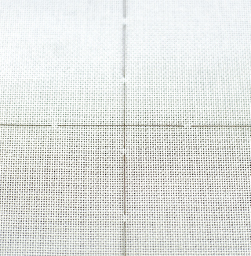
finding centre of fabric Use a contrasting thread and large running stitches to mark the centre.
Although fabrics are traditionally categorized by threads per inch, there are metric equivalents. The metric names of linen relate to the number of threads per centimetre; thus linen 10 has ten threads per centimetre. The following list gives the metric name and its imperial conversion.
linen 8 20 threads per inch
linen 10 25 or 26 threads per inch


